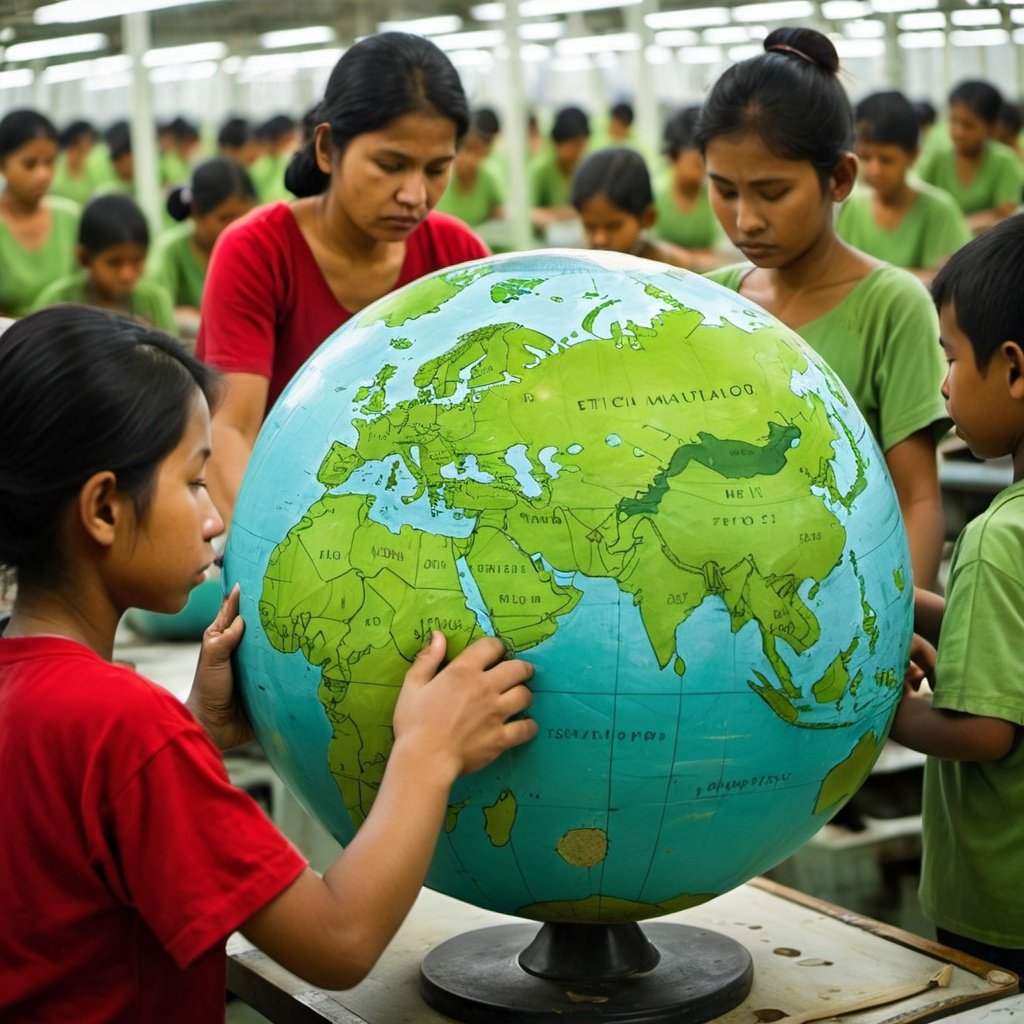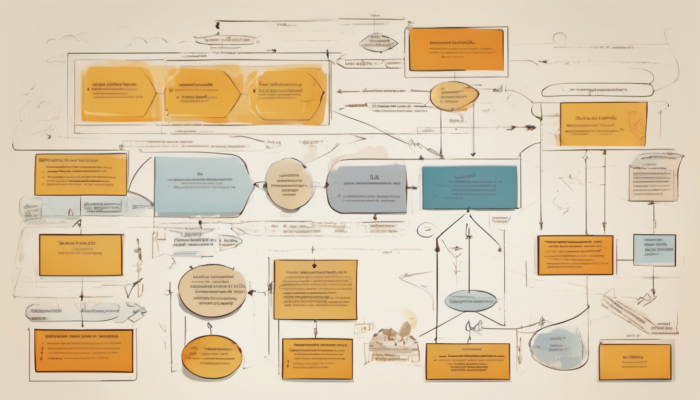Project related to full-time master’s degree Fashion and Luxury Business, Major of the Master in International Management, Amsterdam and Milan
My Prompt
You are an expert in labour practices in fashion. You must write an article entitled “Quitting Sweatshops: Is Everyone Open to This Journey?”.
The article is for a concerned audience, that is very broad, from casual consumers to world leaders, who expect improvements and fairness in the treatment of fashion production workers.
The article must follow this structure: Title, short introduction, 3 H2 sections, with 6 H3 sections as sub-sections. Provide 2 examples of innovative practices within the area and what other companies can learn.
You must use a communicative writing style, that appeals to sentiment, maintaining a scientific approach. You must include verified and reliable sources to support the article.
Ai Tools: ChatGPT4, OpenArt; Copilot Designer
Quitting Sweatshops: Is Everyone Open to This Journey?
Welcome, it’s great to have you here.
Introduction:
In the world of fast fashion, where trends change in the blink of an eye, the often unseen hands of garment workers toil in sweatshops to meet the demands of consumers worldwide. The treatment of these workers has long been a concern, with reports of poor working conditions, low wages, and exploitation rampant in the industry. However, a glimmer of hope shines through as some companies are pioneering innovative practices to improve the lives of fashion production workers. In this article, we will explore the journey towards quitting sweatshops and whether everyone is open to this transformative change.
1: The Current State of Fashion Production Workers
1.1 The Harsh Reality of Sweatshops
Sweatshops continue to be a prevalent issue in the fashion industry, with workers facing long hours, low wages, and unsafe working conditions. Reports of child labor and human rights abuses further highlight the urgent need for change.
1.2 Impact on Workers’ Lives
The exploitation of fashion production workers not only affects their physical well-being but also takes a toll on their mental health and overall quality of life. The cycle of poverty perpetuated by sweatshops traps workers in a vicious cycle with little hope for a better future.
2: Innovative Practices in the Fashion Industry
2.1 Fair Trade Certification
Some companies have embraced fair trade practices, ensuring that workers are paid fair wages, work in safe conditions, and have access to opportunities for personal and professional growth. Brands like Patagonia and People Tree have been at the forefront of this movement, setting a positive example for the industry.
2.2 Transparency and Traceability
By implementing transparency and traceability measures in their supply chains, companies like Everlane and Reformation are holding themselves accountable for the treatment of their workers. This not only builds trust with consumers but also sets a standard for ethical practices in the industry.
3: The Road to a Sweatshop-Free Future
3.1 The Role of Consumers
As conscious consumerism continues to rise, individuals have the power to drive change by supporting brands that prioritize ethical production practices. By demanding transparency and accountability, consumers can push the industry towards a sweatshop-free future.
3.2 Government Regulations and Enforcement
Governments play a crucial role in ensuring that labor laws are upheld and that companies are held accountable for their treatment of workers. Strong regulations and enforcement mechanisms are essential in creating a level playing field for all businesses.
Innovative Practices Examples:
- Living Wage Commitment by H&M: H&M has committed to ensuring that all garment workers in its supply chain receive a living wage by 2018. This proactive approach sets a new standard for wage practices in the industry, encouraging other companies to follow suit.
- Blockchain Technology by Loomia: Loomia utilizes blockchain technology to provide transparency and traceability in the fashion supply chain. By tracking the journey of each garment from production to sale, Loomia ensures that workers are treated fairly throughout the process. Other companies can learn from this innovative use of technology to promote ethical practices.
By embracing innovative practices, fostering collaboration between stakeholders, and advocating for systemic change, the fashion industry has the potential to create a more equitable and sustainable future for all workers involved in production. The journey towards quitting sweatshops may not be easy, but with collective effort and a commitment to fairness, a brighter future is within reach.
Sources:
International Labour Organization (ILO): “”Global Estimates of Child Labour””
Fair Trade Certified: Official website providing information on fair trade practices and certification.
Patagonia: Information on Patagonia’s Fair Trade Program and commitment to ethical practices.
People Tree: Official website of People Tree, a leading fair trade fashion brand.
Everlane: Information on Everlane’s transparency practices and ethical sourcing.



